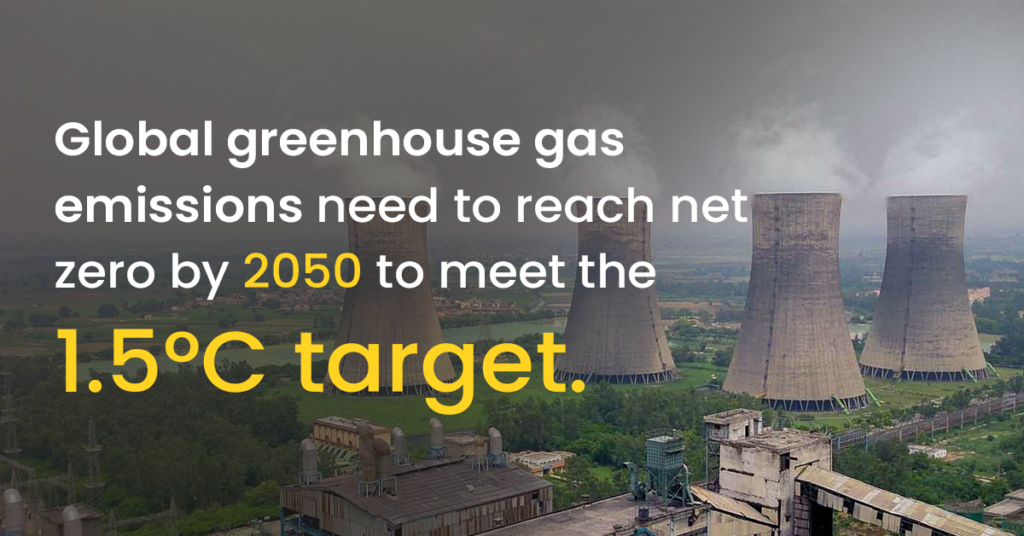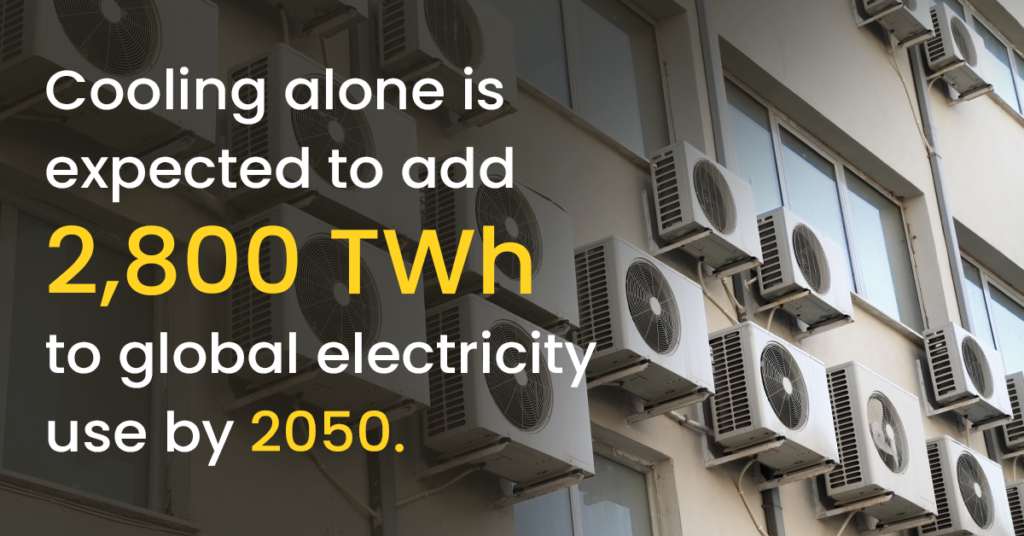In the relentless pursuit of a sustainable future, the spotlight is firmly on energy efficiency and modernization. This paradigm shift towards cleaner energy sources is not just an environmental imperative but also a strategic opportunity for businesses worldwide. Here’s a comprehensive insight into the crucial aspects of grid-interactive buildings (GIBs) and how they can redefine the efficiency landscape.
Energy Efficiency: A Game Changer
In the year 2022, global energy efficiency witnessed a commendable improvement of over 2% annually. This positive trend can be attributed to factors such as escalating energy costs and the evolution of robust policy frameworks. However, to meet the ambitious goal of limiting global warming to 1.5°C, an imperative shift is required – doubling the rate of efficiency improvement to approximately 4% per year.

This transformative journey necessitates a significant increase in annual investments related to efficiency, from $600 billion to a staggering $1.8 trillion. The encouraging news is that businesses can actively participate in this pivotal shift toward sustainability.
Modernization of Power Systems: A Must
The global demand for electricity, particularly in emerging markets, is poised for a substantial upswing. Projections indicate an increase of 2,600 terawatt-hours by 2030, equivalent to five times Germany’s current demand. To meet this escalating demand, a comprehensive modernization of power systems is imperative.

Modernization entails optimizing energy consumption through the integration of smart grids, advanced sensors, and data analytics. These technologies facilitate real-time monitoring and management, thereby reducing energy losses and minimizing wastage.
Grid-Interactive Buildings (GIBs): Your Opportunity
Buildings play a pivotal role in the ongoing energy transformation, contributing to approximately 27% of total energy sector emissions. By enhancing energy efficiency, businesses can significantly curtail their energy consumption and associated costs, particularly in regions experiencing a surge in cooling demands.

GIBs represent the epitome of efficiency – they are smart, connected, and flexible. These buildings have the ability to adapt to grid needs, resulting in reduced costs and providing valuable demand flexibility.
How Your Business Can Benefit:
Cost Savings: Implementing demand flexibility strategies can effectively reduce peak electricity demand, translating to lower utility bills.
Energy Savings: The incorporation of energy-efficient measures, coupled with technologies like solar PV and energy storage, can lead to substantial reductions in overall energy demand.
Reduced Peak Demand: GIBs play a pivotal role in cutting energy peak demand, subsequently lowering operational costs and contributing to a greener grid. Implementing a bundle of GIB measures has shown a remarkable 17% reduction in electricity demand.
Environmental Impact: Embracing GIBs can wield a significant positive impact on reducing carbon emissions. Real-world examples showcase residential blocks saving around 2.7 tonnes of CO2 during an 11-month period.
In conclusion, the clean energy transition presents a golden opportunity for business owners to simultaneously reduce costs, minimize environmental impact, and contribute to a sustainable future. Initiating the journey towards energy efficiency and modernization is not just a business imperative but a collective responsibility towards a cleaner and greener tomorrow.

